Bitcoin strength wanes as crypto market stuck in 5 month ‘structurally ordered downtrend’

Bitcoin’s weekend rally to $65,000 has evaporated despite confirmation that the US Federal Reserve will cut rates in 2024.
Bitcoin (BTC) rallied to $65,000 over the weekend (Aug. 24 to Aug. 25), extending the three-week recovery from the Aug. 5 crash to $49,500.
With prices returning to many investors’ comfort zones, traders are probably wondering whether to expect more of the same range trading, consolidation or a range expansion to new highs.
Let’s look at a few Bitcoin price data points to see if it’s time for BTC to break out of its current range.
DXY falls to a year-to-date low
The interplay between the US dollar Index (DXY) and BTC is a frequent indicator traders watch when estimating where Bitcoin price might go. For many the logic is a weak DXY is often matched with a rally in BTC price and vice versa. Last week, DXY fell to a year-to-date low under 101 and as shown on the chart below, Bitcoin price climbed out of the $53,000 range.
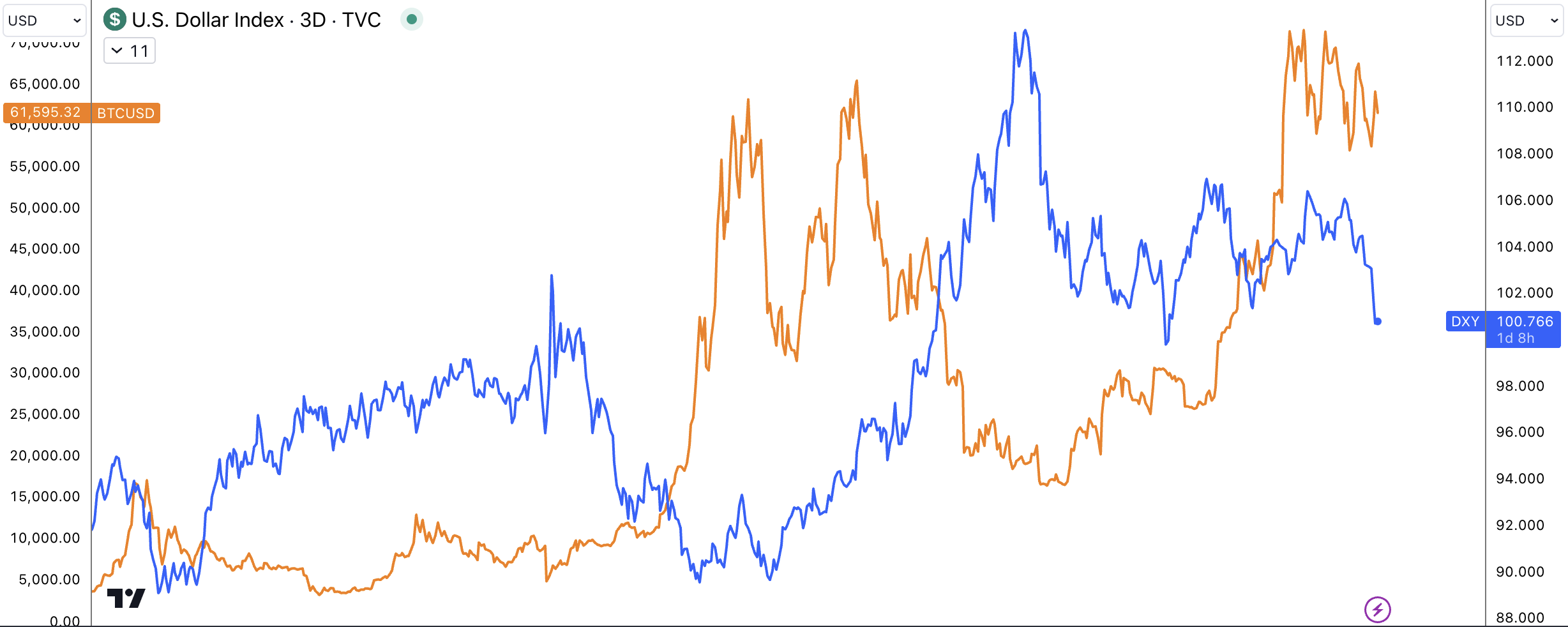
DXY vs BTC 3 day chart. Source: TradingView
Real Vision chief crypto analyst Jamie Coutts recently highlighted the DXY to BTC price action dynamic, saying,
“Unless something fundamentally has changed, we are entering what @RaoulGMI refers to as the banana zone, or what I would describe as Bitcoin batshit season.”
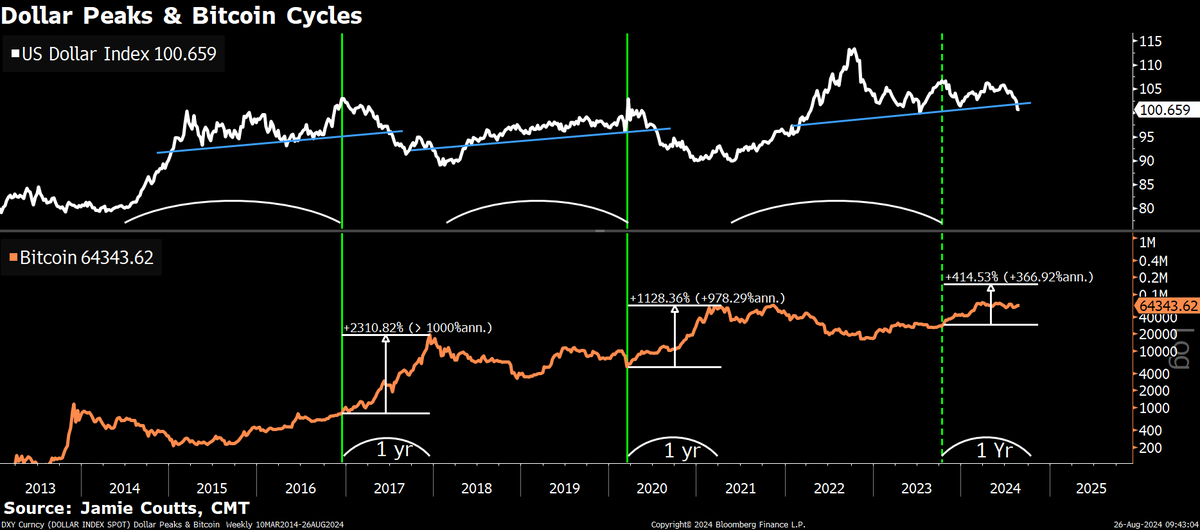
BTC to DXY market cycles. Source: Jamie Coutts / X
Related: Bitcoin exchanges are witnessing the third-biggest net daily outflow of 2024
Powell finally says what crypto pundits have been waiting for
On, Aug. 23, US Federal Reserve Chair Jerome Powell finally said that the time is ripe for an interest rate cut, although he declined to specify the size of the cut. Many crypto traders have grounded a large portion of their investment thesis on their belief that Fed rate cuts will eventually lead back to the previous policy of quantitative easing and that this money supply expansion will play a role in Bitcoin’s price discovery.
CryptoQuant analysts noted Bitcoin price rising in excess of 6% shortly after Powell’s statement and that “2-year bond yields declined to the lowest level since March 2023.”

Bitcoin price reaction to Aug. 23 Fed Jackson Hole statements. Source: CryptoQuant
Market participants at Wall Street also have bullish expectations for stocks now that the Fed has confirmed that interest rate cuts are coming.
Stocks will embark on a run of gains unseen in 30 years after the Fed cuts rates, Wells Fargo, $WFC, strategy chief has said.
— unusual_whales (@unusual_whales) August 27, 2024
Bitcoin demand is muted as equilibrium returns
Bitcoin’s mean reversion to $65,000 is corroborated by data from Glassnode suggesting that BTC is back in a zone of “equilibrium.” According to Glassnode, the MVRV deviation bands metric shows that,
“[…] investor profitability has essentially reset to an equilibrium position and that the excitement and exuberance after the ETF launch have cooled off completely.”
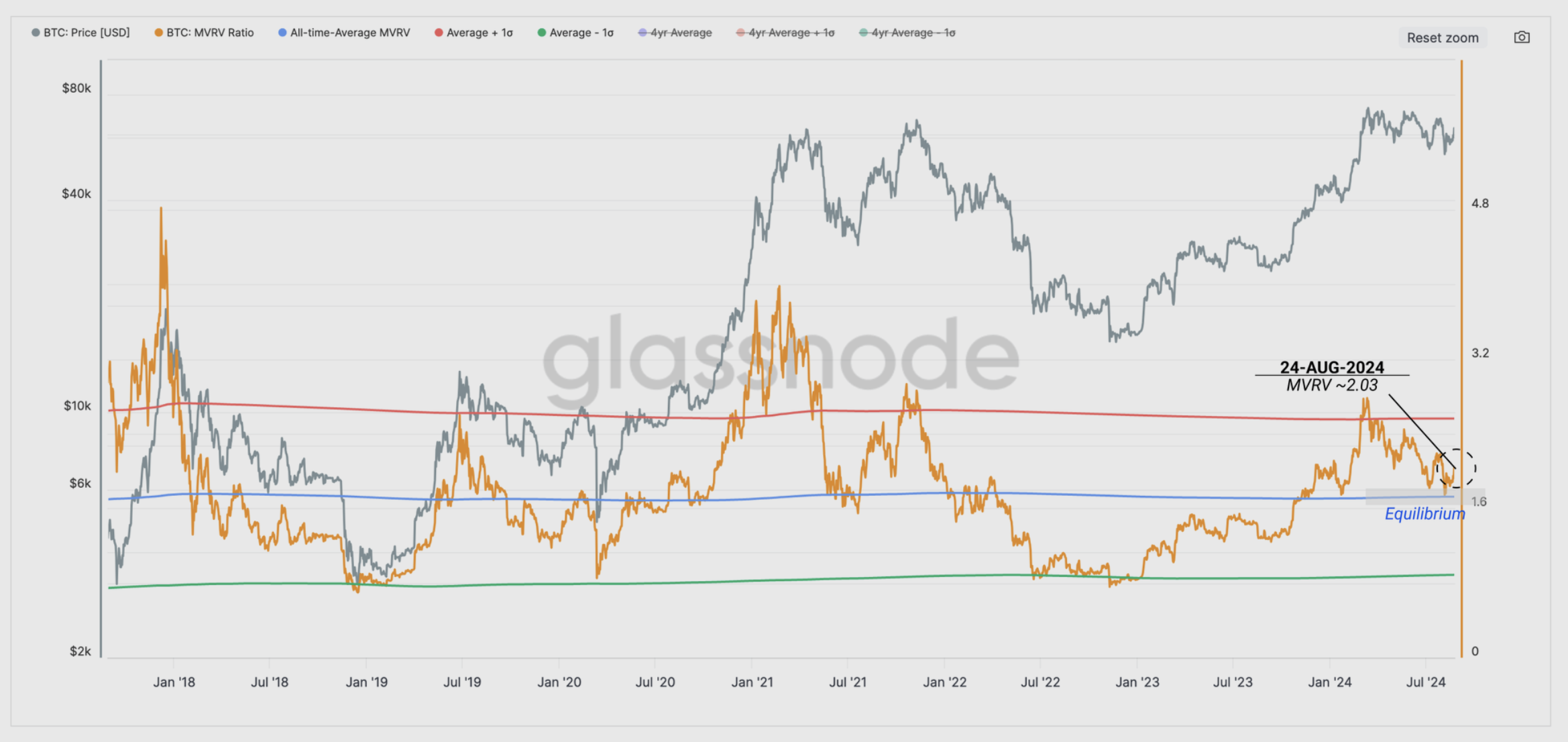
MVRV deviation bands. Source: Glassnode
Bitcoin’s global percent in profit metrics also “has returned to its long-standing mean value,” reflecting the status of equilibrium within BTC markets.”
Despite Bitcoin’s price breakout to $65,000, data shows muted investor demand for BTC. CryptoQuant notes that,
“Bitcoin demand growth remains at low levels and even has turned negative in the last few weeks.”
The analysts detail Bitcoin demand “slowed considerably” since April when BTC traded above $70,000.
“Demand has declined from a 30-day growth of 496K Bitcoin, the highest since January 2021, to a current negative growth of 36K currently. As demand slowed, prices declined from ~$70K to a low of $49K.”
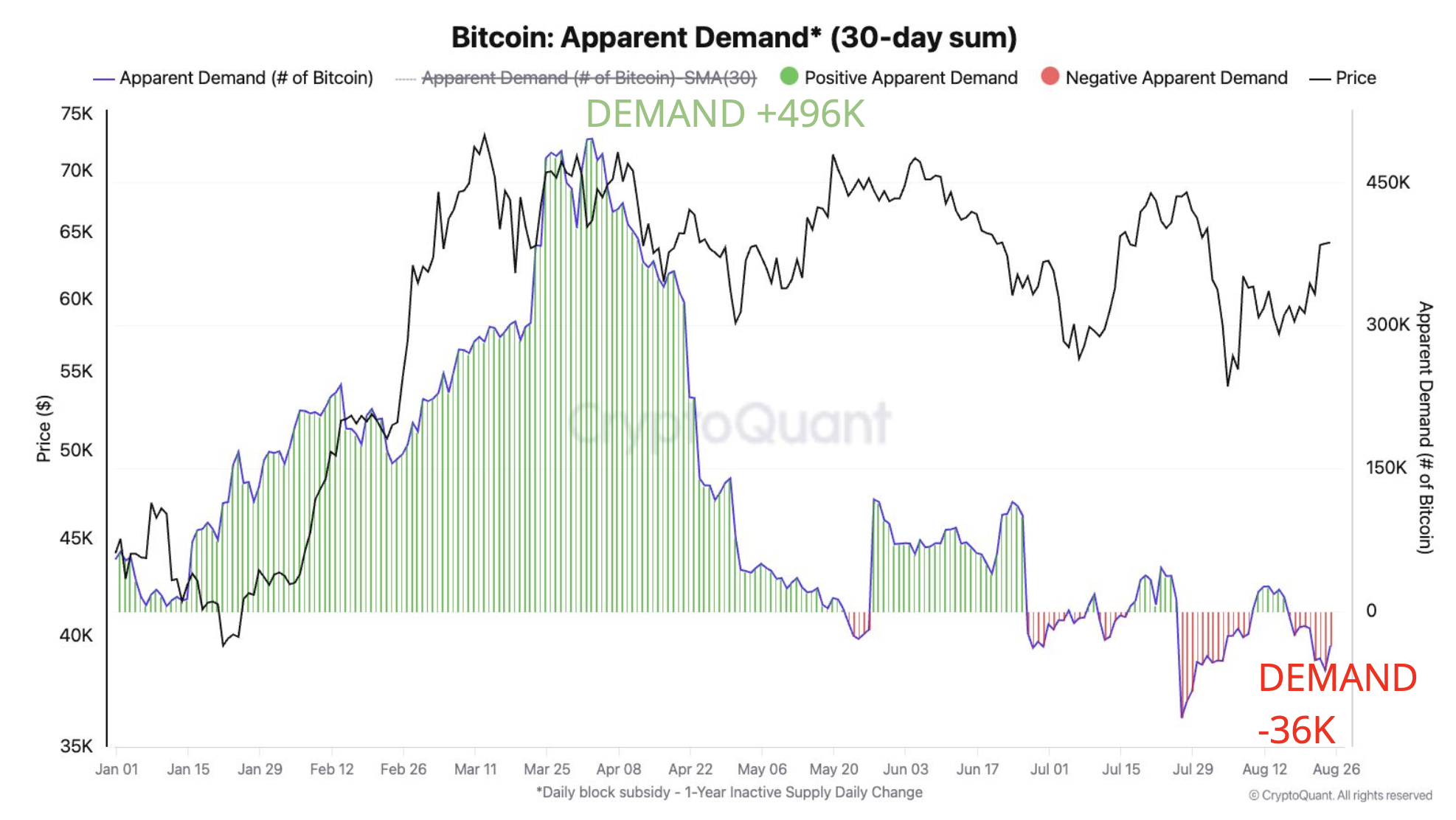
Bitcoin demand. Source: CryptoQuant
Glassnode analysts also observed a noticeable decline in Bitcoin liquidation volumes versus the activity that was seen during BTC’s all-time high in March. Citing the ratio between Bitcoin price and the net liquidation volume volatility, the analysts conclude that traders’ appetite for risk and leverage is muted at the moment.

Bitcoin perpetual liquidation/return volatility ratio. Source: Glassnode
This article does not contain investment advice or recommendations. Every investment and trading move involves risk, and readers should conduct their own research when making a decision.



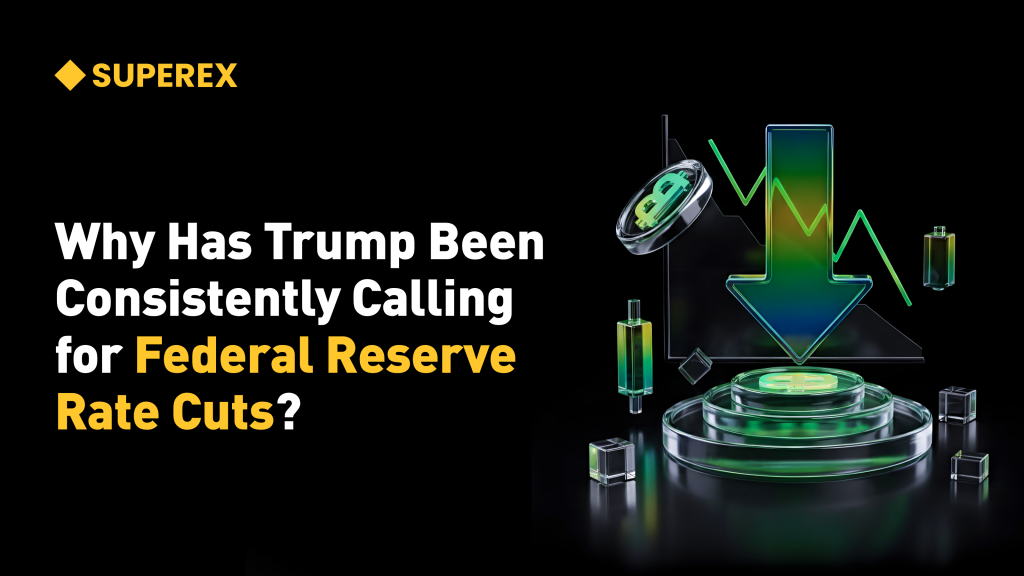
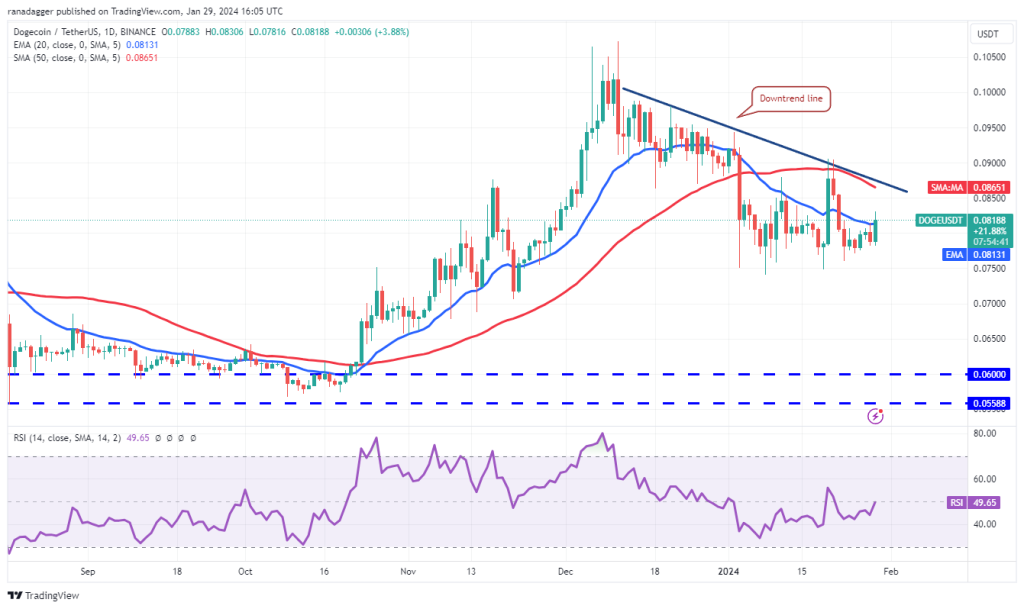

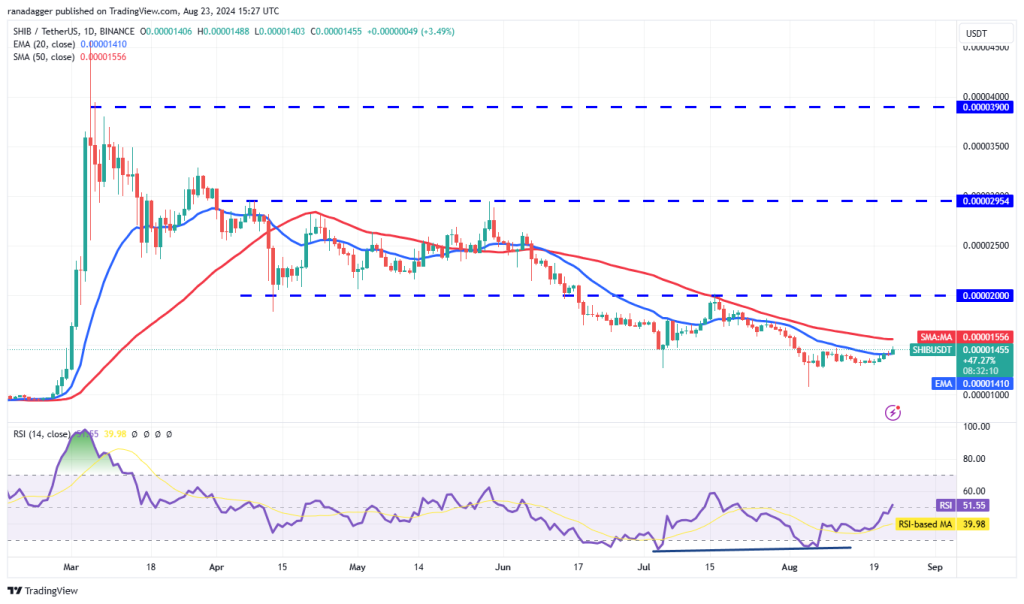
Responses